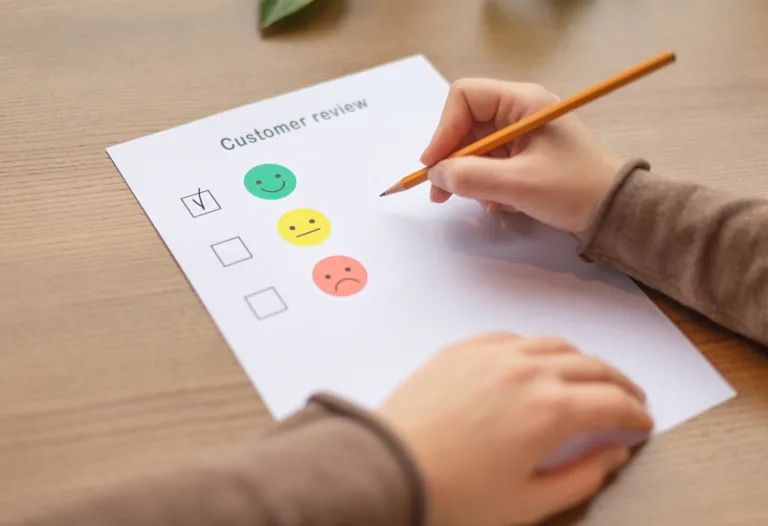
Securing our work from home workforce
Consumer support over any channel, in any language, at any time: 5CA’s successful contact center as a service is possible because we use technology to make planet Earth our talent pool. It makes for a great story; expert service in any skill or language, an enticing work experience, and a sustainable business. It also presents an intriguing challenge: How do we balance flexibility, productivity, and security?

How self-scoring leads to better customer interactions
We’ve probably all heard of quality assessment (QA) before, where a quality specialist goes over agent interactions and checks to see if there are any possible areas of improvement or development. But what if we turn that top-down model on its head and instead embrace a collaborative approach, empowering them to be co-assessors? What if we ask them to self-reflect on their own performance, rather than only respond to the feedback of a third party?

Are you really listening to your customers?
The most successful companies make listening and understanding their customers a vital part of their business strategy. Sounds simple, doesn’t it? Unfortunately, the reality is different. In a time where customer preferences are evolving faster than ever, ignoring these might turn out to be quite costly.

Who is responsible for employee development?
A few years ago, after over twenty years working in the Customer Service Industry, I crazily returned to university and completed my master’s degree in HRM, where my final thesis focused on linking staff engagement to brand loyalty.

Why critical thinking is crucial for great customer experience
How often have you contacted customer service and received a generalistic, completely useless response? Even though you clearly described the problem, included the troubleshooting steps you already took and even indicated potential causes for the problem you are facing?

It’s not me, it’s you. Why cancelling is part of CX.
When you think about Customer Experience I’m willing to bet you’ll typically think about the experiences customers have when evaluating a product or service, choosing and buying it, and then actually using it.

Does your company need a customer service mission statement?
Chances are your company has a defined mission statement. A short description of your market, goals, and how you intend to reach those goals. But have you ever given any thought about your customer service department’s mission?

16 essential customer service metrics you can’t do without
What do you make of this phrase: If we want to improve our CSAT then we need to increase FCR!


